Worm Gearbox for Fine Art Conservation Tools
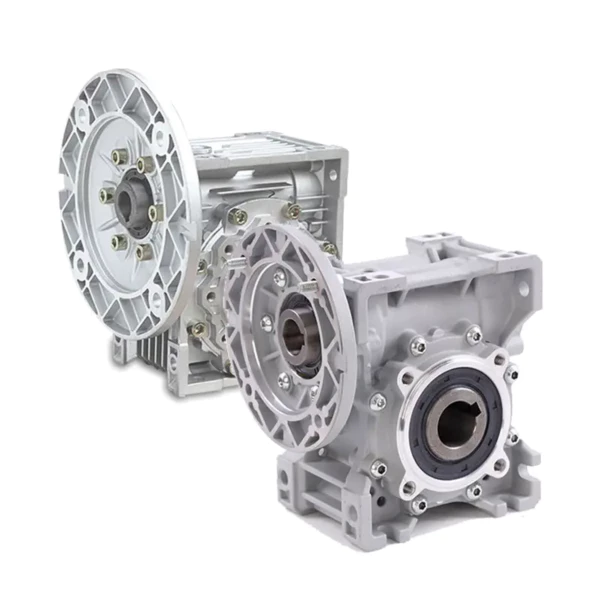
In the world of fine art conservation, precision and control are paramount. One device that plays a crucial role in achieving these qualities is the worm gearbox. In this article, we will delve into the world of worm gearboxes, examining their structure, functions, and why they are a perfect fit for fine art conservation tools.
Understanding Worm Gearbox: Concept and Purpose
A worm gearbox, also known as a worm drive, is a mechanism that offers high torque output with a small footprint. It is composed of a worm (screw) that meshes with a worm gear (similar to a spur gear). The arrangement enables one to transfer motion in 90 degrees. In industrial and mechanical applications, worm gearboxes are important due to their ability to provide high reduction ratios, and their capability to handle high shock loads.
How a Worm Gear Reducer Works
The working principle of a worm gear reducer revolves around the engagement between the worm and the worm gear. As the worm turns, the threads' ridges push against the teeth of the gear, causing it to rotate. This rotation is then transferred to the output shaft, which is connected to the machine that requires the torque. This mechanism allows for precise speed reduction and control, which is integral in fine art conservation tools.
Structure and Composition of a Worm Gearbox
The Worm
The worm is analogous to a screw, with its threads engaging with the teeth of the worm gear. It is the primary input of motion in the gearbox.
The Worm Gear
The worm gear is similar to a spur gear but has a concave profile to accommodate the worm. It is the primary output of motion in the gearbox.
Input and Output Shafts
The input shaft is connected to the power source and transfers energy to the worm. The output shaft, connected to the worm gear, is the recipient of the transferred motion.
Why Worm Gearbox is Suitable for Fine Art Conservation Tools
There are several reasons why a worm gearbox is the perfect fit for fine art conservation tools:
- High Precision: The worm gearbox provides very precise motion control, which is essential in the detailed work of art conservation.
- High Torque, Low Speed: Art conservation requires slow, deliberate movements. Worm gearboxes are known for delivering high torque at low speeds.
- Quiet Operation: Worm gearboxes operate quietly, minimizing distractions during delicate conservation work.
- Compact Size: Their small footprint allows for integration into tools without adding unnecessary bulk.
- High Durability: These gearboxes are known for their durability, ensuring long-lasting performance.
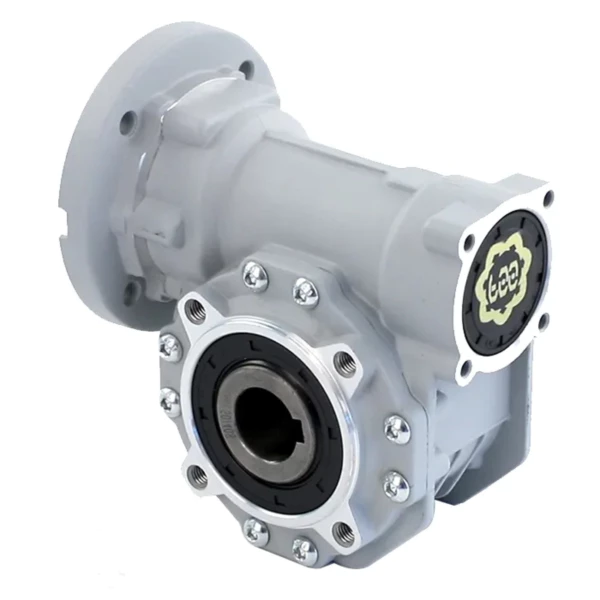
Features and Advantages of Worm Gear Motor
When coupled with an electric motor, a worm gearbox forms a worm gear motor. These combined units offer several advantages:
- Increased Torque: The worm gearbox multiplies the motor's torque, providing greater power output.
- Improved Efficiency: Worm gear motors can be more energy-efficient than other types of gear motors.
- Compact Design: The combined unit is compact and easy to integrate into machinery and tools.
- Reduced Speed: The worm gearbox slows the motor's speed, offering precise control.
- Versatility: They can be used in a wide range of applications, including fine art conservation tools.
Choosing the Right Worm Reducer for Fine Art Conservation Tools
When selecting a worm reducer for fine art conservation tools, consider the following points:
- Torque Requirement: Ensure the gearbox can provide the necessary torque for the tool.
- Size and Weight: The gearbox should fit within the tool's design without adding excessive weight.
- Noise Level: Choose a gearbox that operates quietly to minimize distractions.
- Price: The cost of the gearbox should align with your budget.
- Manufacturer Reputation: Choose a reputable manufacturer to ensure quality and reliability.
Motors for Worm Gear Reducers
Choosing the right motor for your worm gear reducer is as crucial as the reducer itself. The motor and the reducer work symbiotically, with the motor providing the power that the reducer then multiplies and controls. It's important to remember that we also offer complementary electric motors for sale.
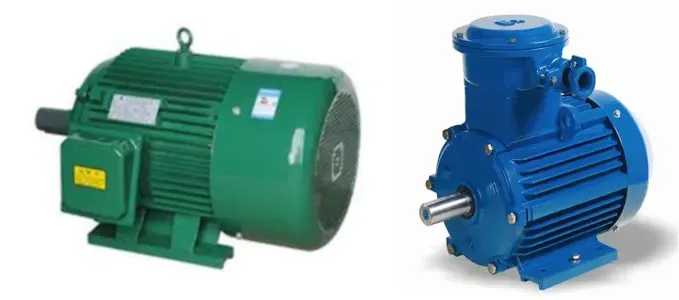
Why Choose Our Worm Gearboxes?
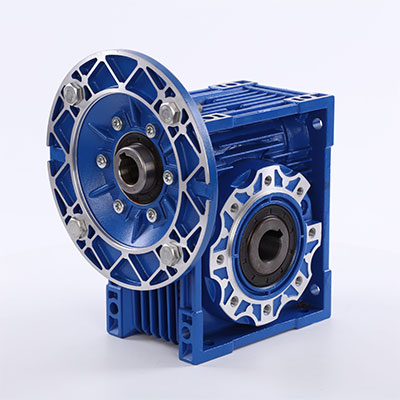
As a comprehensive transmission equipment manufacturer with more than 15 years of experience, we are dedicated to providing high-quality worm gearboxes. Our products are widely used in various industries, including the fine arts, and come highly recommended by our clientele in Europe and America. We pride ourselves on our exceptional service, superior product quality, and competitive pricing.
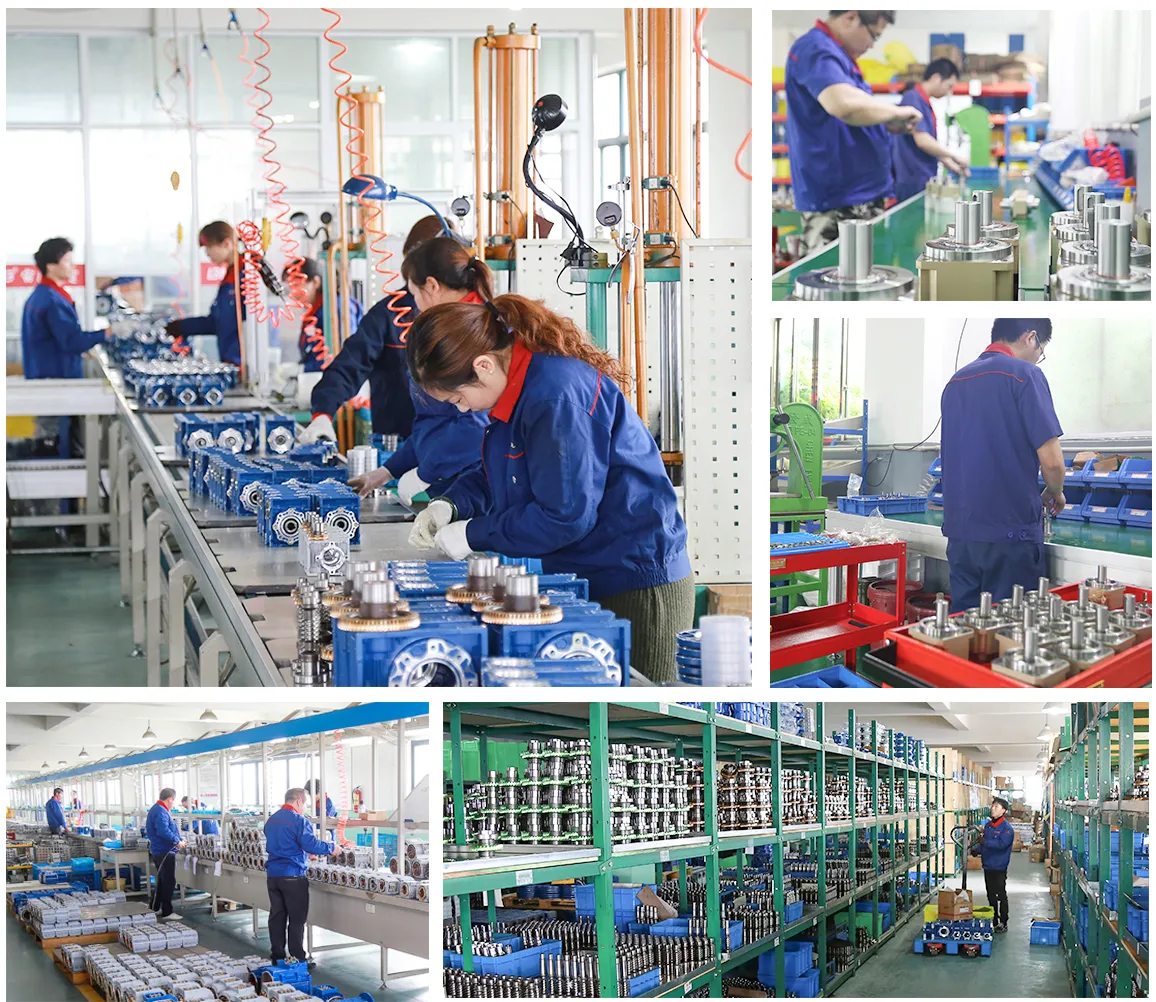
FAQs
1. Can I use a worm gearbox for fine art conservation tools?
Yes, worm gearboxes are perfect for fine art conservation tools due to their high precision, high torque, and quiet operation.
2. How do I choose the right worm reducer for my tool?
Consider factors such as torque requirement, size, weight, noise level, price, and manufacturer reputation.
3. Do you offer electric motors for worm gear reducers?
Yes, we offer a range of electric motors that perfectly complement our worm gear reducers.
We invite you to explore our range of worm gearboxes and contact us for any inquiries or purchases. You can trust our expertise and experience to provide you with the perfect solution for your fine art conservation tools.
Edited by Zqq.